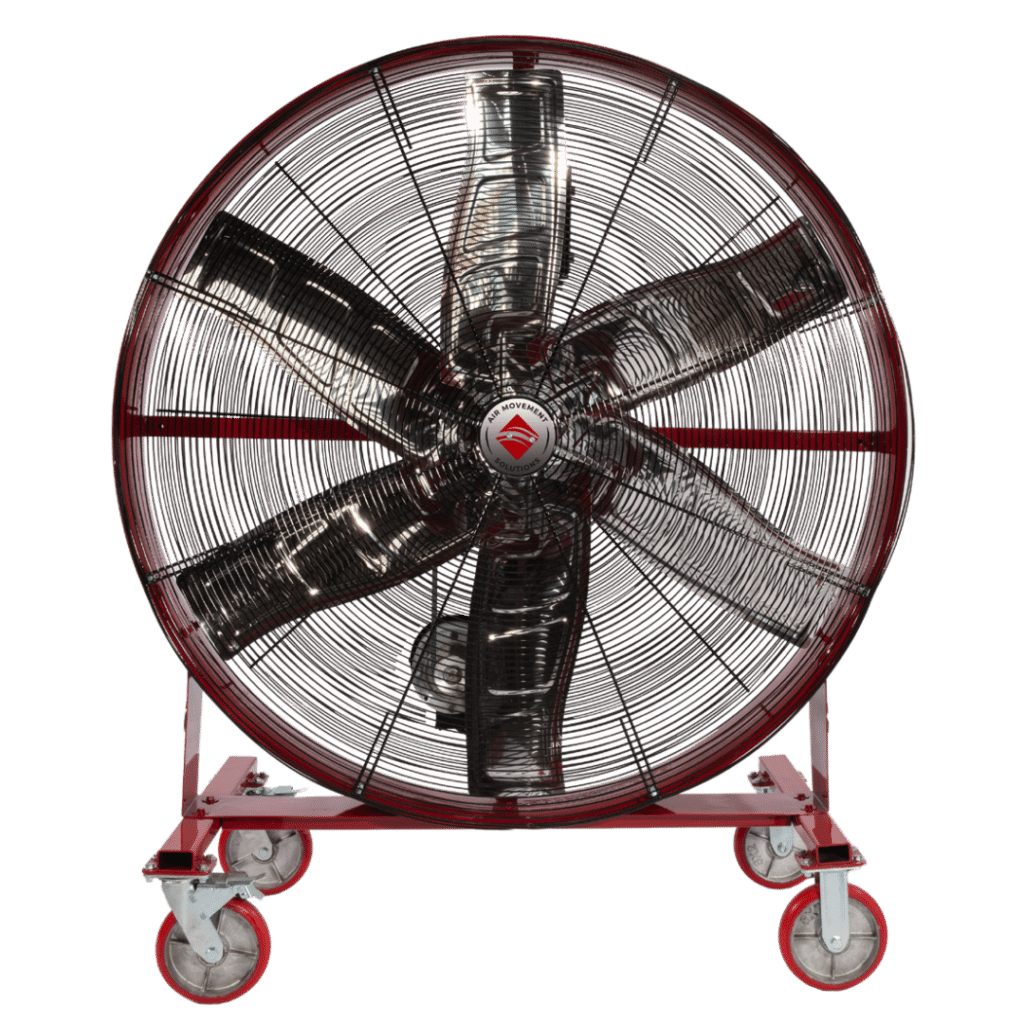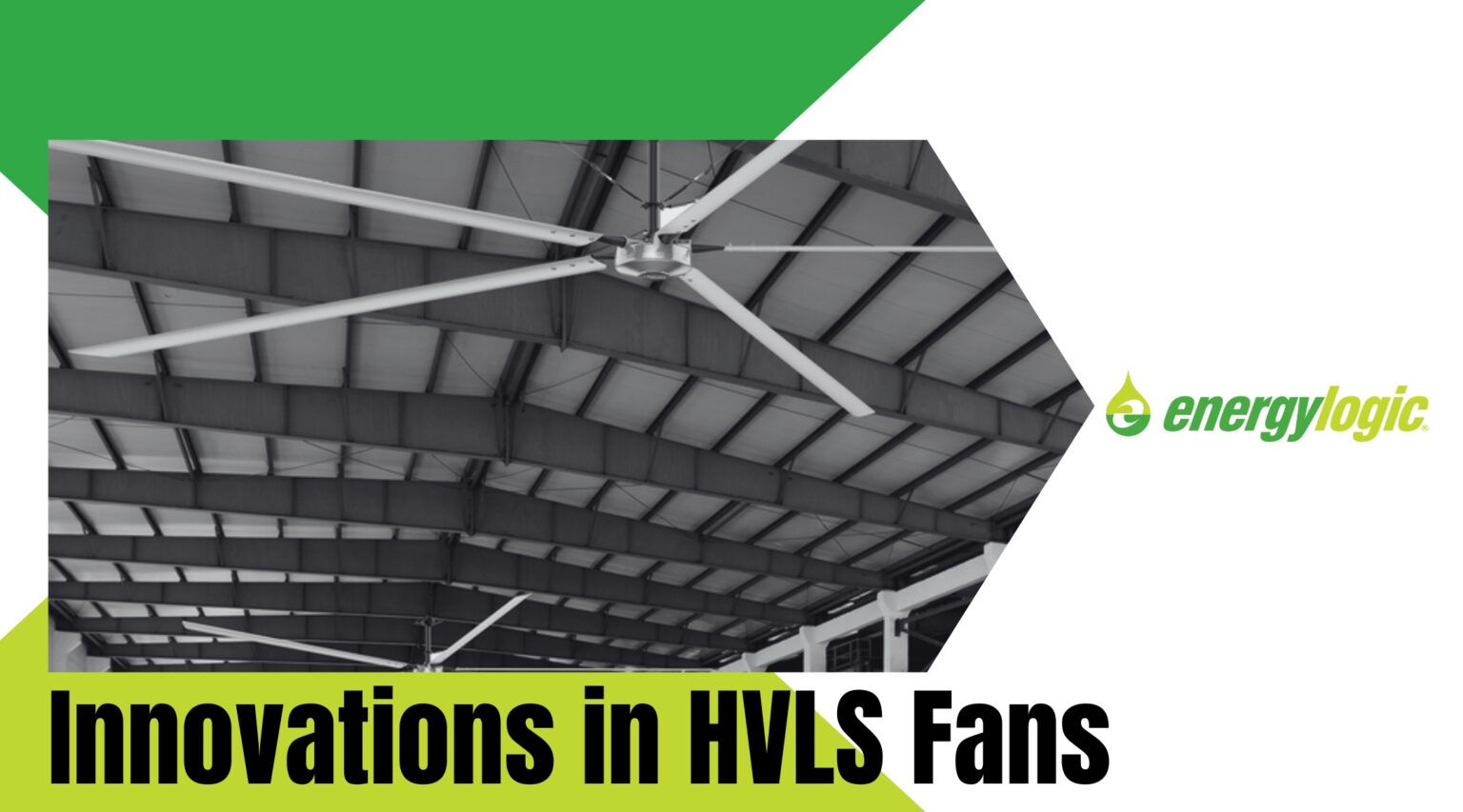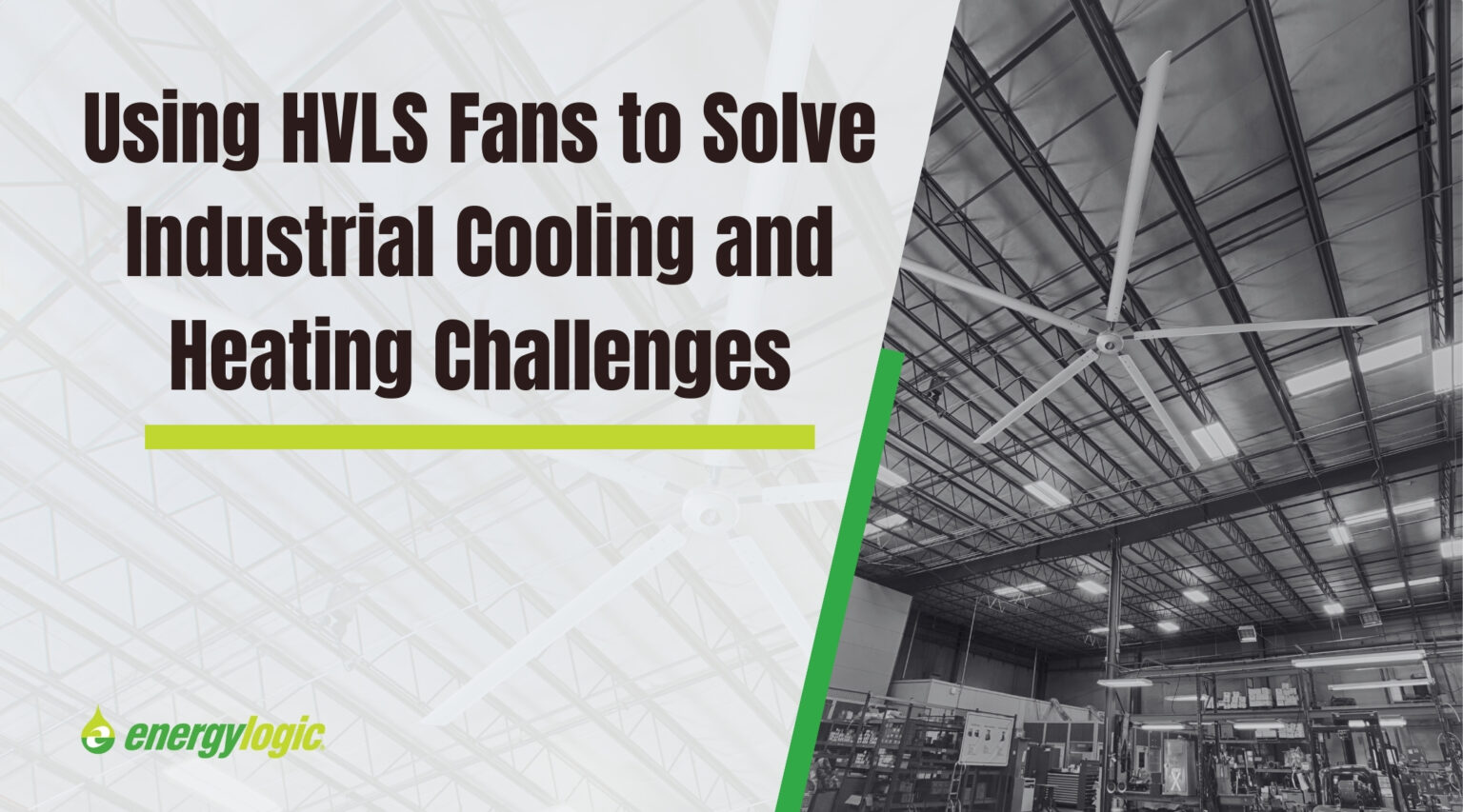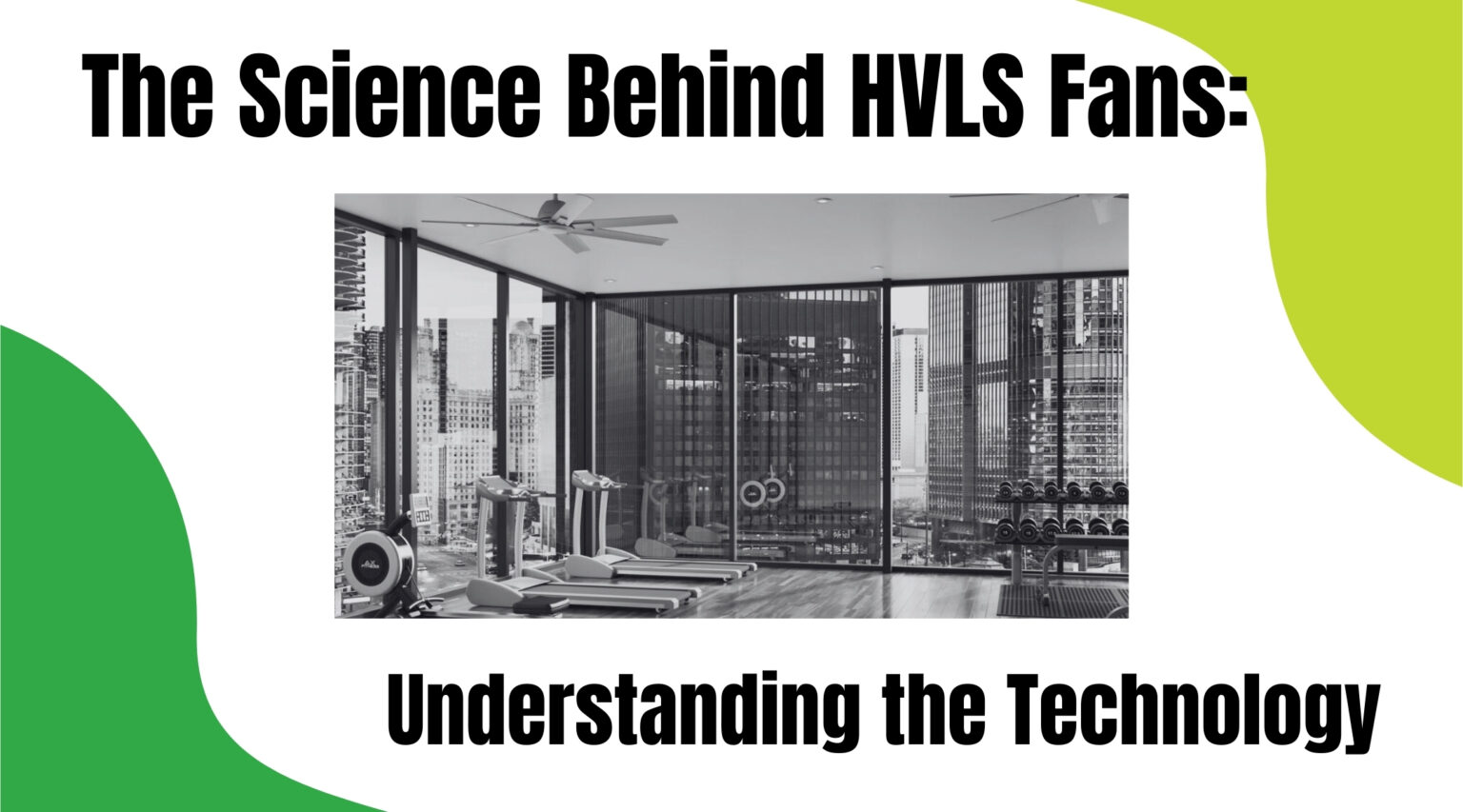Carbon emissions, the Paris Agreement, and net-zero emissions by 2030. These are phrases we hear on the news almost every day. For a good reason. As the amount of carbon dioxide in the atmosphere increases, the Earth gets warmer. Left unabated, scientists warn that the world faces multiple environmental catastrophes: record-breaking droughts, devastating floods, staggering sea-level rise, and widespread species loss.
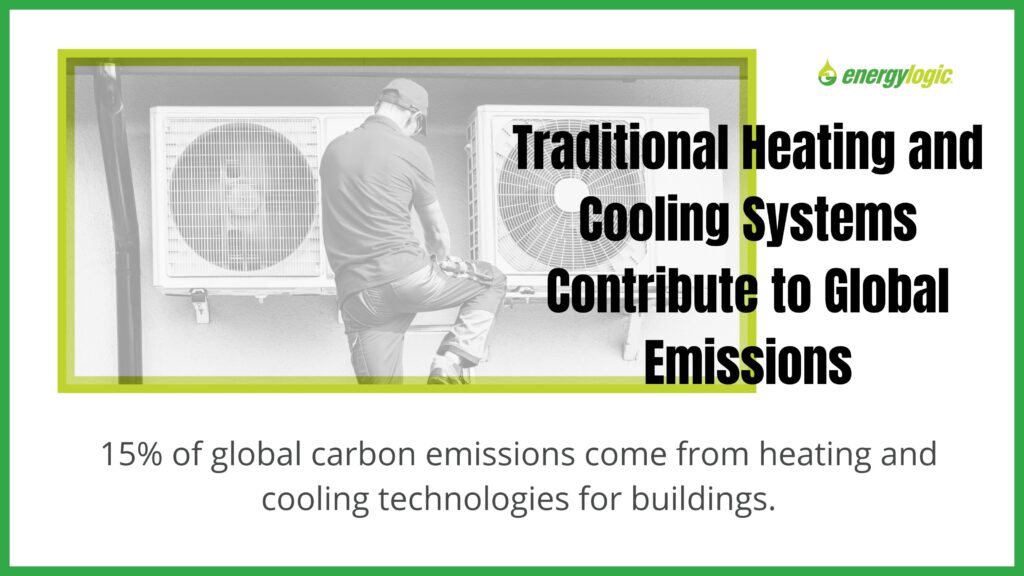
Given these dire warnings, governments around the world are focused on reducing greenhouse gas emissions. Many are even implementing legislation to achieve their ambitious targets. This means that no matter if you believe that CO2 emissions cause climate change or not, your company will have to work towards reducing its carbon footprint at some point.
Luckily, there is already technology on the market that can help: High-Volume, Low-Speed (HVLS) fans. Read on to learn how this innovative technology can help reduce your CO2 emissions and help preserve the environment.
HVAC and Ventilation Systems Consume Large Amounts of Energy
According to the World Economic Forum, 15% of global carbon emissions come from heating and cooling technologies for buildings. As the world’s temperatures become more extreme, industries rely more on their heating and cooling systems to keep employees and customers comfortable and products safe. Unfortunately, this leads to increased energy consumption and more CO2 output, creating a vicious cycle.
Additionally, many industrial spaces and warehouses also rely heavily on exhaust fans to expel stale air. Exhaust fans work at high speeds to bring in fresher air, also consuming a high amount of energy and generating increased levels of CO2.
Undoubtedly, the global demand for heating, cooling, and ventilation will continue to grow for decades to come. In fact, the IEA, in its Future of Cooling report, predicts that “without action to address energy efficiency, energy demand for space cooling will more than triple by 2050.”

Reducing this energy demand is a critical step to bringing down CO2 emissions.
HVLS Fans Reduce Energy Consumption, Lower CO2 Emissions
The good news is that there is already a more energy-efficient way to heat, cool, and ventilate industrial warehouses whilst creating a comfortable and healthy indoor space: HVLS Fans.
Cooler Spaces, Less Energy Consumption
High-Volume, Low-Speed (HVLS) fans have long blades that spread over a large diameter. This allows HVLS fans to move more air than smaller fans at a slower rotational speed. This low speed provides superior cooling with less energy consumption. In fact, HVLS fans are so effective at moving air and equalizing temperature in a space, they can make the air feel up to 8 degrees cooler. In return, a traditional cooling system can be run less and still keep occupants comfortable. With each degree change translating into a 3% savings on energy, it is clear to see how and HVLS fan can help reduce your carbon footprint.
Warmer Spaces, Less Energy Consumption
HVLS fans can reduce heating consumption in winter too. It’s a well-known fact that heat rises. In large warehouses and industrial spaces, warm air moves upwards and accumulates on the ceiling, whilst the air at the lower level remains cooler. So, to keep an ideal temperature, an HVAC system was to work harder at a higher temperature setting. However, by running an HVLS fan in reverse, that warm air can be pushed away from the ceiling, down the wall, and across the floor to evenly distribute air temperatures without creating any chilling breeze. The result? You can ease off the HVAC thermostat, cutting your CO2 emissions and saving on your energy bills.

A 30% Energy Savings
By taking advantage of evaporative cooling and destratification, HVLS fans can reduce tonnage and your energy bill by up to 30% during both summer and winter. Using less energy, in turn, leads to lower emissions of greenhouse gases.
HVLS Fans Can Reduce Unnecessary Equipment
The more equipment you must buy for your business, the greater carbon footprint you will have. Not only that, but the more money you will also spend.
HVLS fans’ supreme heating and cooling efficiencies mean that you can eliminate the need for less energy-efficient high-speed fans and window air conditioners. Additionally, in many cases, your HVAC equipment sizing and duct-material usage can also be significantly reduced or even eliminated.
HVLS fans can also reduce the number of exhaust fans needed to keep a building cool. HVLS fans help with ventilation by spreading the air evenly throughout a space without heavy energy consumption.

In short, reducing unnecessary heating, cooling, and ventilation equipment reduces your energy consumption even more. Not only that, but you can also reduce your carbon footprint further by not having these products manufactured in the first place. This is especially true if you install an HVLS fan as part of a new build.
Do Your Part. Install an HVLS Fan Today!
Installing HVLS fans in businesses such as agricultural centers, warehouses, and industrial facilities can significantly reduce the energy consumption needed to keep buildings comfortable. The more businesses adopt such new technologies, the quicker we will move towards the UNFCC goal of net-zero carbon emissions by 2050.
If you want to learn more about how HVLS fans can reduce your energy consumption and carbon footprint, call us. EnergyLogic has a broad range of HVLS fans to suit various industry needs.

